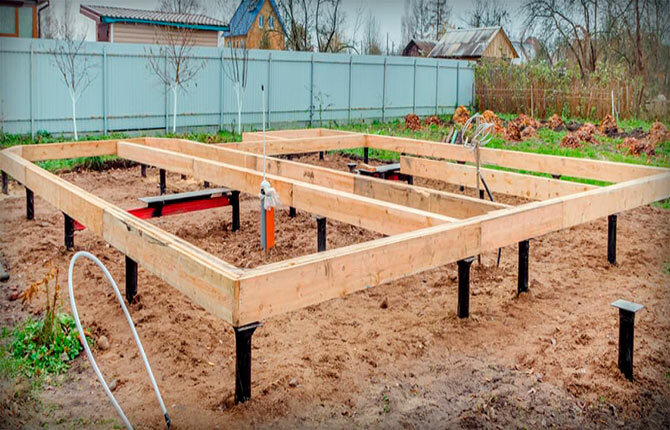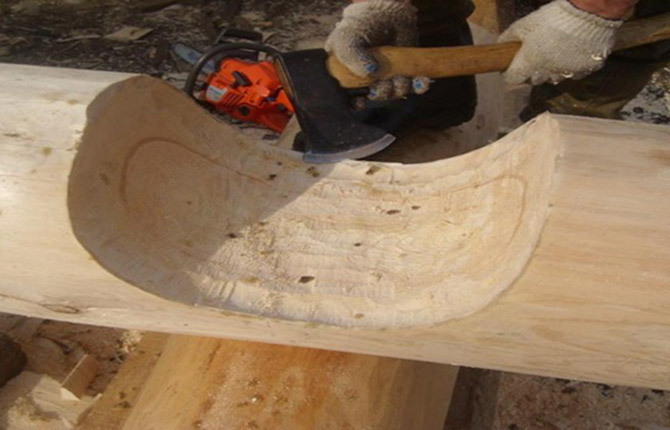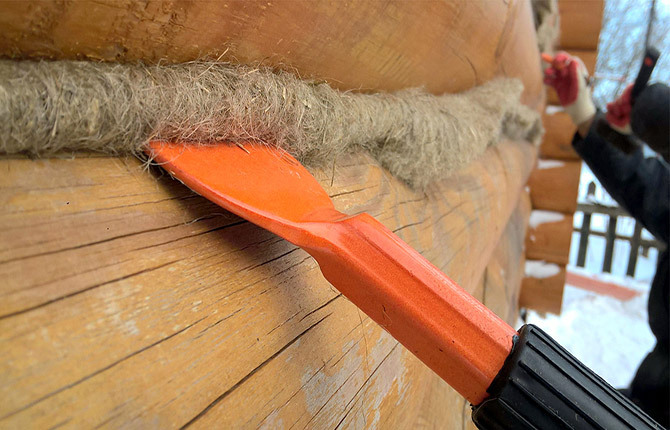Garden paths made of tiles transform the territory of a garden, a personal plot. They are also convenient to use. The material for their installation is chosen, starting from the destination. So, for example, for paving a site that will rarely be used, round tiles for garden paths are suitable. And for places with expected high traffic, more reliable coatings are needed. Such materials include the Krakow Clover tile.
She is beautiful and comfortable to wear. It is used for paving garden paths, playgrounds, local area. A variety of shades and a shape in the form of a flower allows you to creatively approach the design. The covering differs in reliability, durability, frost resistance.
Distinctive properties of Gzhelka
The name "Krakow clover" received from the Polish city of Krakow. Ornaments and patterns characteristic of this area began to be used in the design of sidewalks and roads. The paving stone has a non-standard, curly shape. She looks like a clover flower.
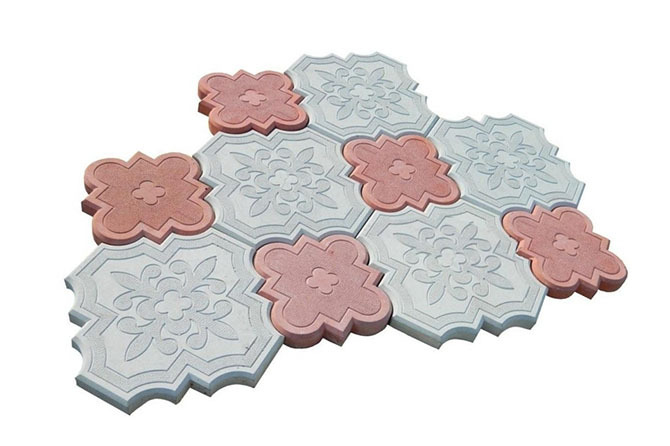
There are three types of Krakow Clover tiles on the market.

"Krakow Clover" (another name for Gzhelka) is produced using vibropressing or vibrocasting from colored concrete mixtures. Concrete grades M-400, M-500 are used for production. Dyes are added to the working solution (to give the desired color) and plasticizers.
This technology allows you to make tiles durable and resistant to different weather conditions:
- In summer, it is not afraid of high temperatures, does not deform, does not become soft, does not heat up.
- Easily withstands severe frosts, does not crack.
- Does not fade in the sun.
- Garden paths are easily repaired by replacing damaged elements with new ones.
- Withstands high humidity. When laying, technological gaps are left. Due to this, water does not stagnate on the laid out surface, puddles do not form.
Due to the use of environmentally friendly raw materials, the coating has good environmental performance.
Several sizes of Krakow Clover tiles are available. Main:
- large - 295x295 mm;
- small - 210x210 mm.
The average thickness of the tiles is 60 mm. There are products with a height of 30 to 60 mm. Multiple combinations and sizes of paving stones allow you to create interesting, spectacular surfaces. Figured edges make the connections of the patterned design reliable and stable.
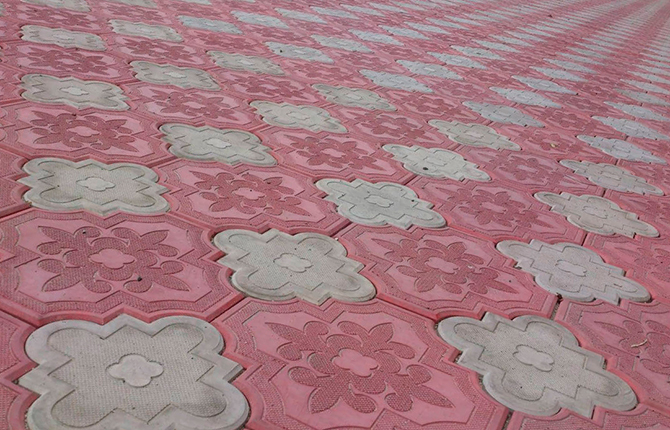
On the market you can find several colors of paving stones "Krakow Clover". Most often found:
- grey;
- red;
- yellow;
- black;
- orange;
- brown.
When laying the coating, combinations of two colors are practiced - they look beautiful and refresh the territory. Laying, consisting of a combination of elements of different sizes and colors, is called Krakow square.
Several options for paving paving stones are popular:
- Square. Paving stones are laid using tiles in the form of a square with one cut corner. A smaller clover fits in the center of the composition and joins with the squares.
- A pattern of figured paving stones of different sizes, but of the same color. This type of compound is called chamomile or clover.
- Combined connection of curly elements of different colors. Two shades are enough to get a unique design of the garden path.
Styling features
Laying technology Gzhelki is simple, does not require special skills. First you need to plan garden paths, taking into account plantings, sites, buildings. You can draw a site plan, indicate directions on it or focus on already trodden paths. They immediately decide what the styling method, pattern, number of colors will be.
To calculate the amount of materials required, you need to consider the presence of a border. The arrangement of tile garden paths is usually done without a border, but if the area is prone to large amount of precipitation, then it will not interfere, and even give the layout a finished look, serve as an additional strengthening.
To mark the directions on the site, pegs are driven in at a distance of 1.5 meters. If the path is winding, their number must be increased so that the contour of the future garden path can be clearly traced. It is desirable that after laying the path was above ground level. This will prevent rain water from accumulating on its surface.
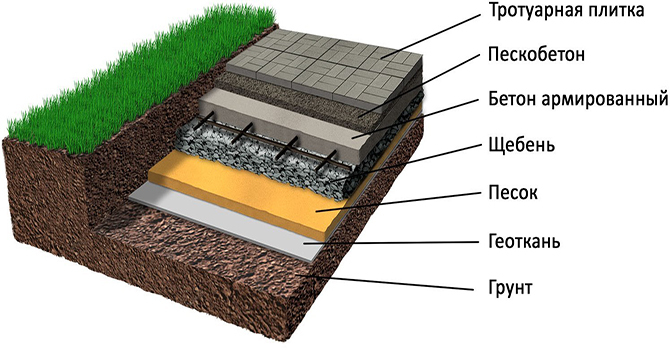
The next stage is to remove possible stones, debris from the surface, remove the sod. You will need to remove 15-20 centimeters of the layer. If it is planned to have a curb, then grooves are additionally dug 10 cm deeper along the edges. For the outflow of water, the garden path is built with a slight slope. If the marked area is adjacent to the house, then the slope must be made in the opposite direction from it. A difference of 1 cm by 8 m is enough.
After removing the layer, the earth is compacted manually or mechanically. Then make drainage from gravel or gravel. If desired, geotextiles are laid, which protects against grass germination. If the ground is unstable, geotextiles can be placed in front of the gravel to protect against subsidence.
Start filling the sand cushion for the garden path. For better shrinkage, the sand is slightly moistened and compacted tightly. A sand-cement mixture is poured and compacted from above. It is prepared and calculated - 1 part of cement and 5 parts of sand. Next, the surface is leveled.
Before laying the tiles, once again check the correctness of the calculations of its quantity. Then lay out the main canvas. The curly edges of the tiles provide a tight fit and create a beautiful pattern that will accentuate the design of the garden path.
After laying the main canvas, there may be areas around the edges where it is not possible to lay a whole tile. In this case, you need to cut it to the desired size. After finishing installation seams covered with dry sand until completely filled. After rains, sand can be partially washed out of the seams, so the procedure must be repeated periodically.
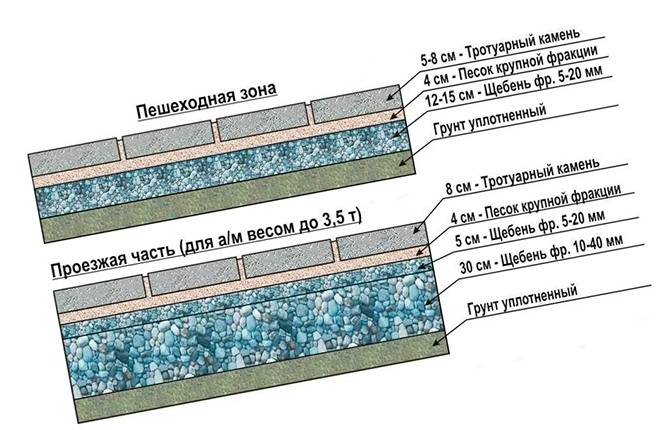
Sometimes it is possible to destroy a tile before the expiration of its service life. Several factors influence the quality of paving stones:
- Raw material quality. This includes the wrong ratio of proportions in the production of paving slabs, an overestimated amount of additives, the use of low-quality ingredients in the production.
- Production features. Provide for the use of faulty equipment or not for its intended purpose.
- Technological nuances. Includes factors related to the characteristics of the manufacture of tiles. For example, a high level of humidity during drying of the material leads to an increase in the duration of this process, causing shrinkage. High temperature during drying products leads to the formation of internal cracks. Low curing temperature reduces the strength of the final product.
Price formation
Paving garden paths from Krakow Clover tiles is an inexpensive type of finish. The ease of installation allows you to cope with the work without the involvement of specialists. The cost of the Krakow Clover tile depends on the quality and price of the dyes used for production. So the gray coating, where no dyes are added, is the cheapest. Expensive colors include:
- blue;
- green;
- brown.
In addition to pigments, the cost is influenced by the method of making pavers. Tiles made using a vibrating table are cheaper than those made using a vibrating press. The technology using the latter device requires large energy costs and is more expensive in terms of cost.
The average cost of a tile (spring-summer 2021) is 400-600 rubles/sq.m.
The variety of types and reliability of Krakow Clover tiles meet all the requirements for garden paths. The unusual shape of the elements and the ability to combine several colors allow you to create unique patterns and designs. Garden paths created from Krakow Clover tiles are distinguished by their beauty. Made with a unique pattern, they become a highlight in the decoration of the garden and the local area.
Have you used the Krakow Clover tile? Write in the comments. Bookmark the article and share useful information on social networks.
We also recommend watching selected videos on our topic.
Garden path from tiles Krakow clover.
Paving slabs.
Other types of tiles on our website:
- paving slabs "English cobblestone«;
- «brick«;
- «Old city«.
Sources:
- https://tplitka.com/trotuarnaya-plitka/klever-krakovskij
- https://protrotuarnujuplitku.ru/trotuarnaya-plitka/sadovye-dorozhki-krakovskij-klever.html
- https://www.sima-land.ru/1358800/forma-dlya-trotuarnoy-plitki-klever-krakovskiy-bolshoy-29-29-4-cm-gladkiy-1-sht
